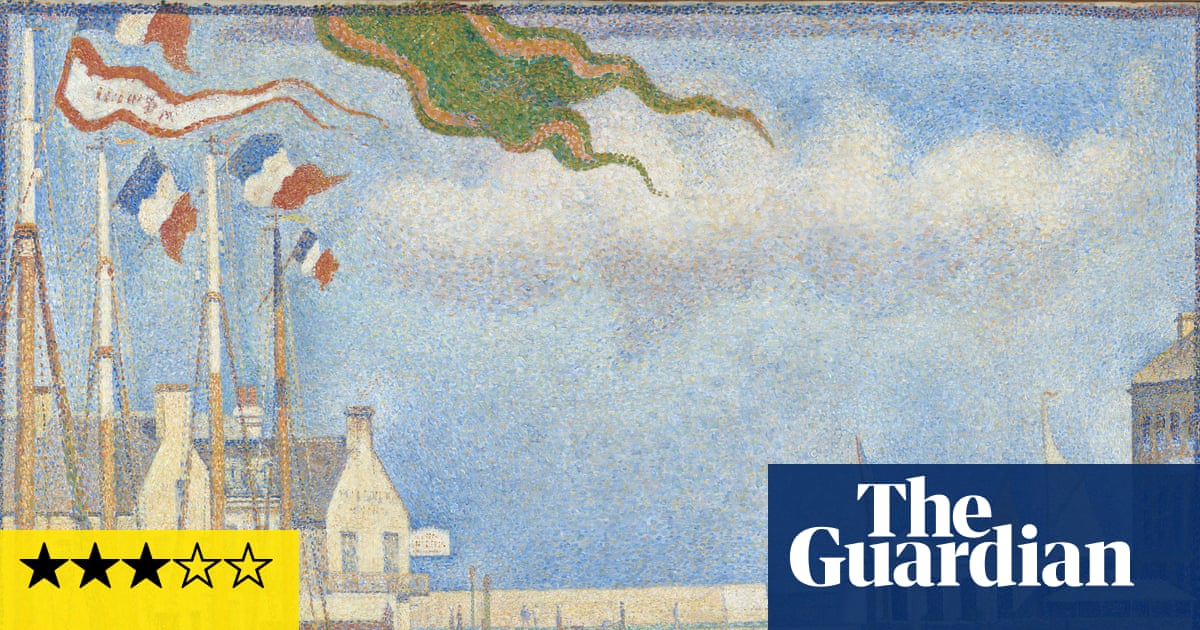
"Georges Seurat had kaleidoscope eyes. He saw in limitless colours, that swarm and bubble on his canvases in galaxies of tiny dots. Choosing random, barren subjects an empty harbour, a rock he found endless wonder in the most banal reality. In his 1888 painting Port-en-Bessin, a Sunday, myriad blues and whites create a hazy sky and mirroring water while a railing in the foreground"
"Seurat only lived to the age of 31, but he inspired an entire art movement, the neo-impressionists, who copied his pointillist method. Yet in a coarse-grained approach to this fine-grained art style, the National Gallery struggles to tell a different story. The neo-impressionists didn't just paint dots, they dreamed of revolution. And by the way we shouldn't call them by the evocative nickname pointillist because they didn't like it."
Georges Seurat painted with a kaleidoscopic sense of color, using tiny dots to produce shimmering, chromatic surfaces. He selected ordinary, sometimes barren subjects—a harbour, a rock—and transformed them into surprising, radiant visions, as in Port-en-Bessin, a Sunday, where blues and whites blur sky and water while a foreground railing flashes purple, brown and orange. Seurat died at 31 and inspired the neo-impressionists, who adopted pointillist technique and imagined broader social and aesthetic change. The neo-impressionists rejected the nickname 'pointillist'. Late-19th-century Paris fostered radical visual experimentation, yet museum presentations can reduce revolutionary aims to mere decoration. A Paul Signac drawing depicts ordinary people at leisure, suggesting social harmony.
Read at www.theguardian.com
Unable to calculate read time
Collection
[
|
...
]